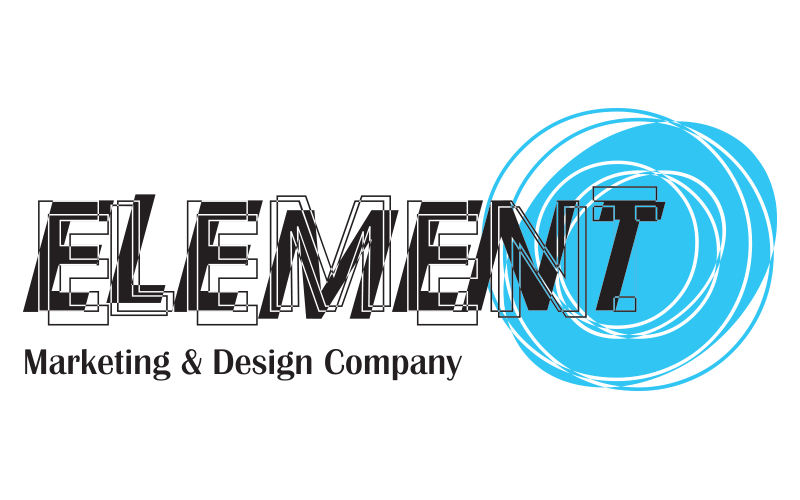Development and keeping of a balance sheet are imperative for any startup or successful business. A balance sheet is a listing of all the assets your business owns and how much you owe, which cover all the liabilities and equity management. The assets and liabilities are more like your balance sheet, in simple terms, it accounts for the things you own and the things you owe.
The type of assets you have, whether it has variable cost or fixed every aspect of it needs to be looked into in detail so that a correct estimation of the overall profits and losses can be made. Some companies make a yearly balance sheet while others, make it quarterly to optimise and enhance their assets and minimise their liabilities. Your net assets need to be calculated, which is the difference between your assets and your liabilities. Keep in mind that net assets are not the same thing as the net business value. With the expertise of double-entry bookkeeping, one can make sure that their net value of assets is equal to their value of equity.
This entire process of making the balance sheet and making your profit and loss statement must be done on a regular basis by an accountant so that one can look into the losses and minimise them before they start the reduce your investment. Creating and managing a sound balance sheet is the key to surviving and thriving in this competitive world of finances for business organisations today.
